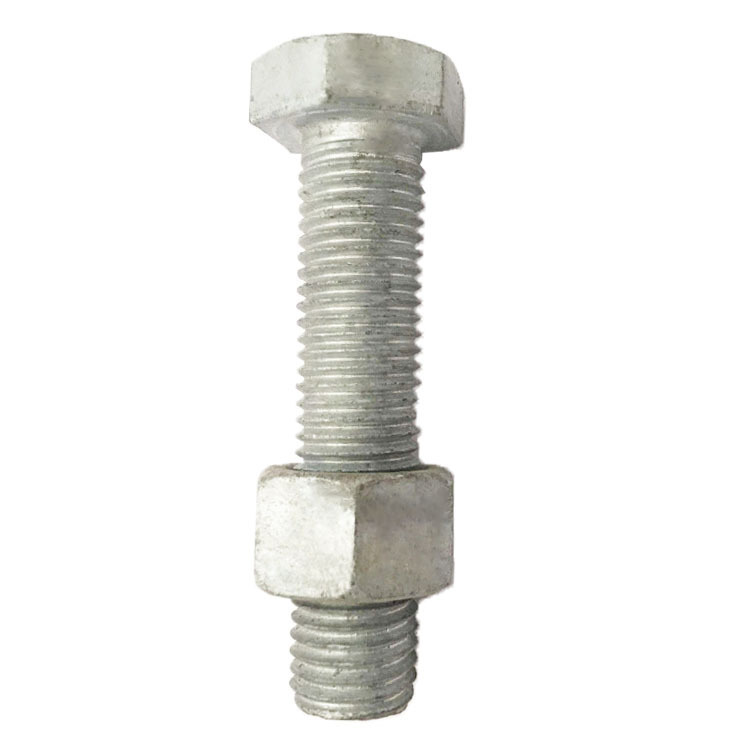

M16 Lock Washers for Enhanced Fastening Solutions and Reliability in Mechanical Applications
Dec . 04, 2024 10:33 Back to list
M16 Lock Washers for Enhanced Fastening Solutions and Reliability in Mechanical Applications
Understanding M16 Lock Washers A Key Component in Fastening Technology
Lock washers are essential components in mechanical assembly and fastening technology, designed to prevent the loosening of bolts, nuts, and other fasteners due to vibration or torque. Among the various types of lock washers available, the M16 lock washer is particularly notable due to its unique specifications and applications. In this article, we will explore the characteristics, applications, and advantages of using M16 lock washers.
What is an M16 Lock Washer?
The M16 designation refers to a metric thread size, which is 16 millimeters in diameter. Lock washers that fall under this category are primarily used with M16 bolts and nuts to provide additional security and stability in assemblies. They come in various designs, including split lock washers, toothed lock washers, and flat lock washers. Each type has its specific purpose and is chosen based on the requirements of the application.
Types of M16 Lock Washers
1. Split Lock Washers These are the most common lock washers. They have a helical shape with a split that creates spring tension when flattened. This tension helps to keep the fastener tight and prevents it from loosening. Split lock washers are ideal for applications where there is a possibility of vibration.
2. Toothed Lock Washers These washers have teeth on one side that dig into the surface of the fastener and the material being joined. This design provides a higher level of friction, which is beneficial in preventing loosening. Toothed lock washers are often used in heavy-duty applications and where additional grip is needed.
3. Flat Lock Washers While not technically a locking mechanism, flat washers are sometimes classified as lock washers because they help distribute the load of the screw or bolt. They provide a smooth surface and can prevent damage to the material being fastened. Flat lock washers are typically used for applications where alignment and load distribution are significant concerns.
Applications of M16 Lock Washers
M16 lock washers are broadly used across various industries, including automotive, construction, manufacturing, and aerospace. They play a crucial role in any assembly where components are subjected to movement or vibration. Examples of common applications include
lock washer m16

- Automobiles M16 lock washers are used extensively in engine assemblies, suspension systems, and chassis components to secure fasteners against loosening due to engine vibrations.
- Construction In the construction industry, these lock washers are utilized in framing, roofing, and the assembly of heavy machinery, ensuring that structural components remain securely fastened.
- Manufacturing In manufacturing plants, M16 lock washers secure equipment and machinery components, helping to maintain operational efficiency.
- Aerospace The aerospace sector requires the utmost reliability. M16 lock washers are used in aircraft assemblies to ensure that critical components are secure and can withstand extreme conditions.
Advantages of Using M16 Lock Washers
The primary advantage of using M16 lock washers is their ability to provide a reliable fastening solution that resists loosening under dynamic conditions. Other benefits include
- Cost-Effectiveness Lock washers are inexpensive components that can prevent costly failures and maintenance down the line. - Ease of Installation They can be easily installed along with standard fasteners, making them convenient for assembly processes.
- Material Versatility M16 lock washers can be made from various materials, including steel, stainless steel, and plastic, allowing for selection based on environmental and load conditions.
Conclusion
M16 lock washers play an integral role in securing fasteners across various industries. By understanding their types, applications, and advantages, engineers and manufacturers can make informed decisions that enhance the reliability and longevity of their assemblies. Whether in automotive, construction, or aerospace applications, the humble lock washer is a critical component that underscores the importance of proper fastening technology.
Latest news
-
High-Strength Hot Dip Galvanized Bolts-Hebei Longze|Corrosion Resistance&Customization
NewsJul.31,2025
-
Hot Dip Galvanized Bolts-Hebei Longze Metal Products|Corrosion Resistance&High Strength
NewsJul.31,2025
-
Hot Dip Galvanized Bolts-About LongZe|High Strength, Corrosion Resistance
NewsJul.30,2025
-
High-Strength Hot Dip Galvanized Bolts - Hebei Longze | Corrosion Resistance, Customization
NewsJul.30,2025
-
Hot Dip Galvanized Bolts-Hebei Longze|Corrosion Resistance&High Strength
NewsJul.30,2025
-
High-Strength Hot-Dip Galvanized Bolts-Hebei Longze|Corrosion Resistance&High Strength
NewsJul.30,2025

